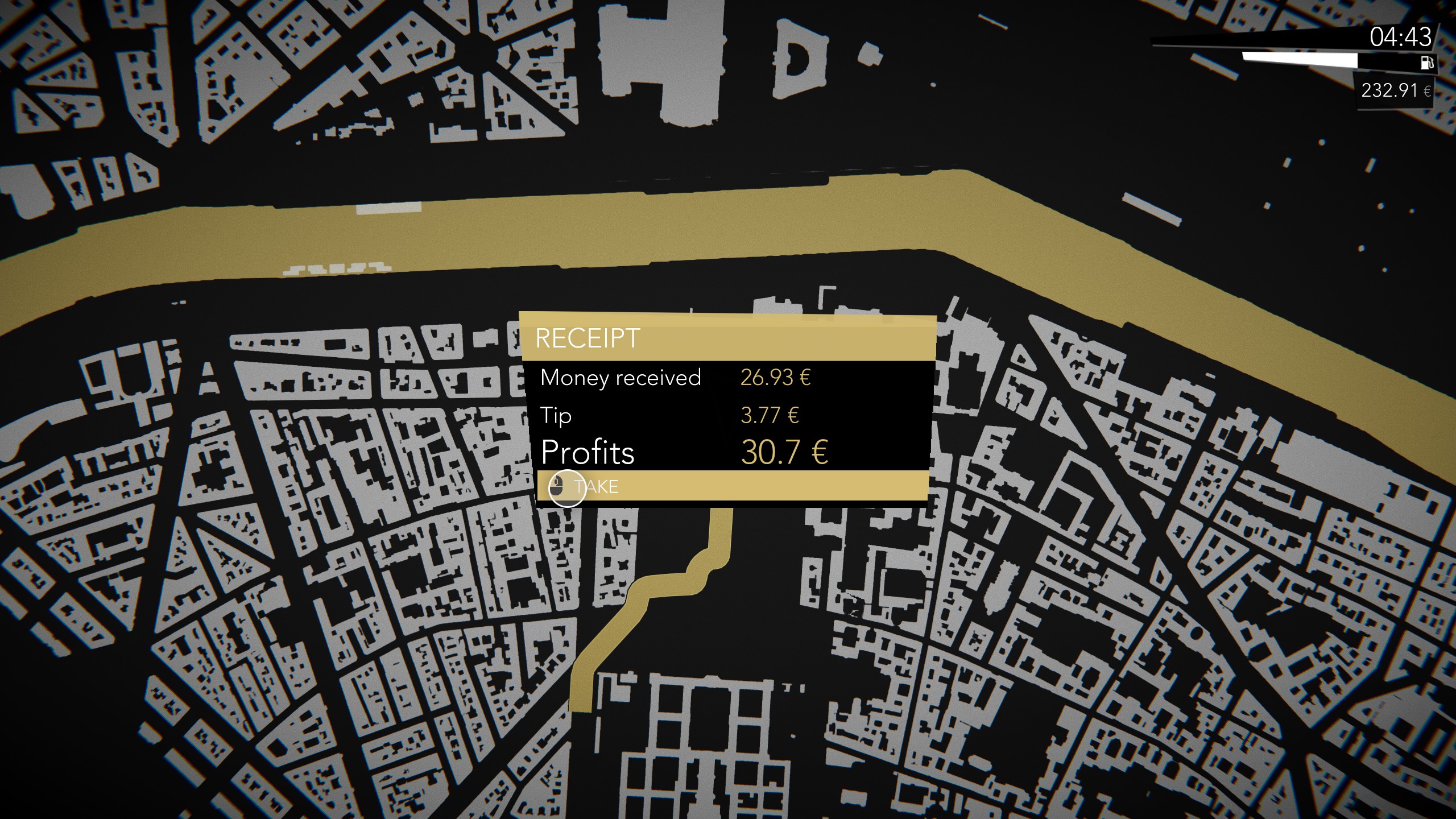

Night call passenger guide driver#
The driver must record the actual departure and arrival times of the ferry when recording the rest break.Īt the end of the sailing the driver may drive to a place of storage or safe parking even if the work time hours would be exceeded, provided that any additional work time does not exceed 60 minutes and a 10-hour rest break is taken immediately. Scheduled ferry trips of more than one hour may count as a rest break (including time spent in the vehicle during sailing). *a small passenger service vehicle is any passenger service vehicle that is designed or adapted to carry 12 persons or less, including the driver. For example, you cannot refuel your vehicle, do paperwork, manage bookings, or carry out any other work related duty during a rest break. Rest breaks must be uninterrupted by work activities. Where a driver completes a fare outside 100km or the driver undertakes driving in a vehicle other than a small passenger service vehicle subject to work time requirements, the driver may only drive for a maximum of five and a half (5½) hours before having to take a rest break of at least 30 minutes. This recognises that there can be a number of shorter breaks between fares. A short fare means a single fare where the distance between pick-up and set down is less than 100km.
Night call passenger guide drivers#
Small passenger service drivers can work for seven hours of continuous work time and then take a rest, provided they have only undertaken short fares around a city or town. Special work-time conditions Small passenger service (SPS)* drivers Rest time means all time that is not work time, is at least 30 minutes long, and is not spent in a moving work vehicle. Time on the small passenger service vehicle stand waiting for a fare. For example, it includes:Īny paid employment whether or not related to transport activities Work time includes both driving and all other work-related activities subject to the work time rules. You can accumulate a total of 70 hours work time (known as a ‘cumulative work period’) before you must take a continuous break of at least 24 hours. In any cumulative work day you can work a maximum of 13 hours and then you must take a continuous break of at least 10 hours (as well as the standard half-hour breaks every 5½ hours).Ī cumulative work day is a period during which work occurs, and that:īegins after a continuous period of rest time of at least 10 hours. In general, drivers must take a break of at least 30 minutes after 5½ hours of work time, no matter what type of work takes place during that period. Work time includes all time spent working regardless of whether it is time spent driving or doing other work. What are the work-time and rest requirements? Normal work time rules still apply and must be adhered to. Note: A logbook exemption only removes the requirement for a driver to complete a logbook. Base of operations means a site office established for at least 24 hours, or a local depot to which drivers report daily for assignment of tasks or to commence driving. Is used to carry goods for hire or reward.Ī driver of a goods vehicle does not have to maintain a logbook if the vehicle requires a class 1 or 2 licence to be driven and is operated only within a 50km radius of the vehicle operator’s usual business location or is driven within a 50km radius from a base of operations. Is used in circumstances in which the vehicle must, or ought to be operated under a transport service licence, or Is driven or operated in a transport service (other than a rental service), or Requires a class 2, 3, 4 or 5 driver licence, or The rules apply to you if you drive or operate a vehicle that:

The work time rules apply to everyone who is legally required to manage driving hours, including both drivers and transport operators. Read more about fatigue Who do work-time rules apply to? Restricting work time helps reduce the risk of fatigue in drivers of commercial and heavy motor vehicles.

There are restrictions placed on how long the driver of a commercial or heavy motor vehicle may work before taking rest. Read law changes regarding meal and rest breaks which came into force on.


 0 kommentar(er)
0 kommentar(er)
